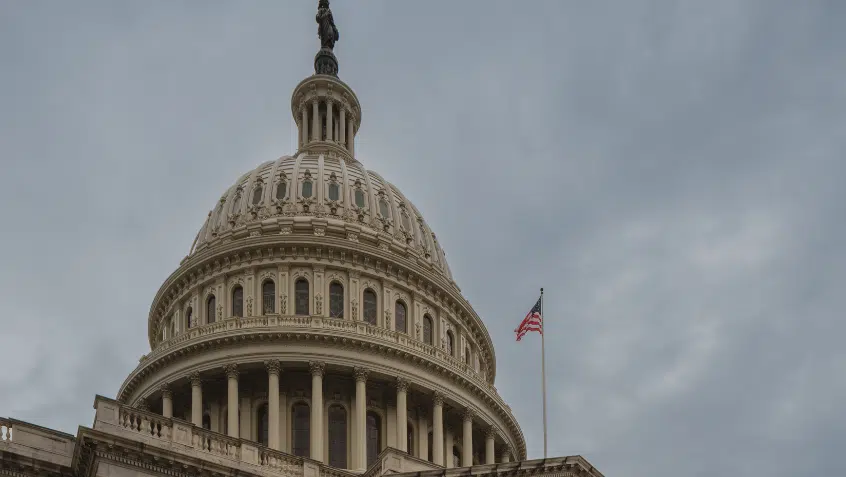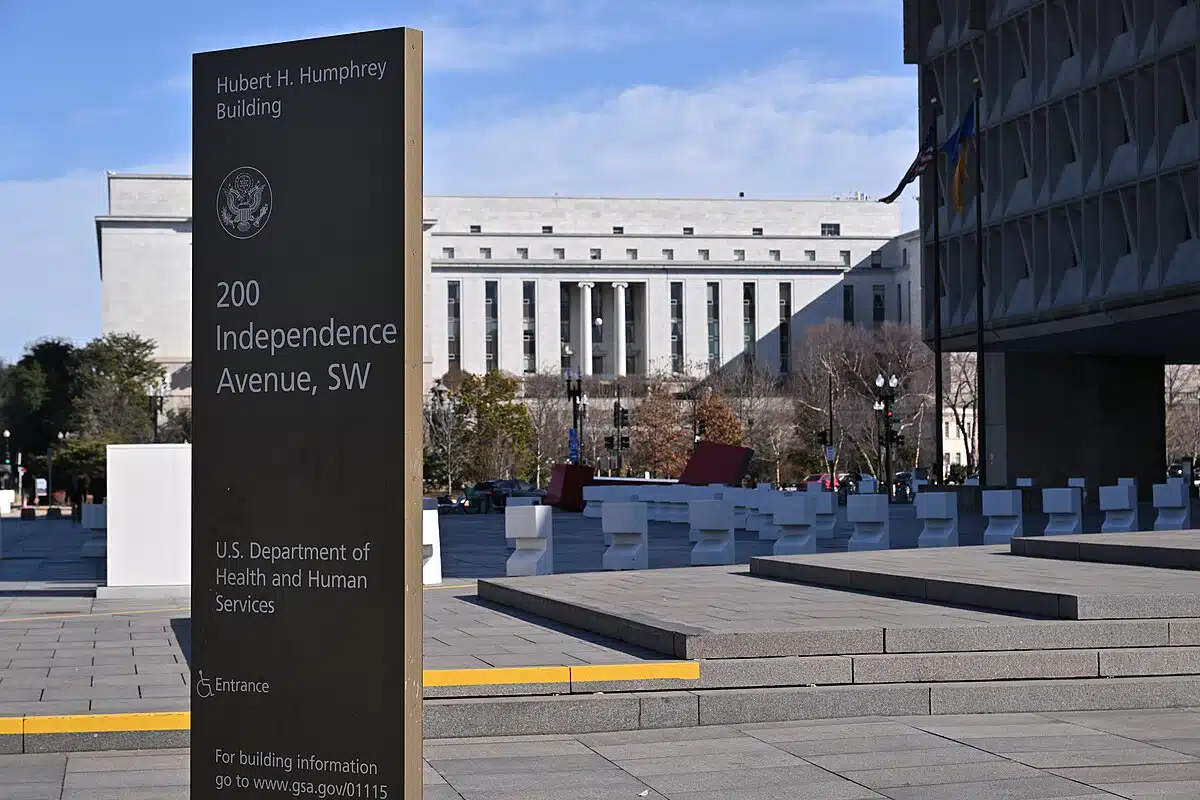
On Friday, President Trump and U.S. Department of Health and Human Services (HHS) Secretary Azar outlined the Administration’s strategy to reduce drug prices. The Administration further described the plan, “American Patients First,” in a blueprint document also unveiled Friday.
The much-anticipated plan is a mix of existing policies laid out in the Administration’s 2019 budget request, as well as some new ideas designed to drive down drug prices and lower costs. Though neither the speech nor the blueprint offers much detail about the Administration’s next steps, there are several aspects of the plan that could significantly impact people with Medicare. This includes potential changes to how certain drugs are covered by Medicare, as well as proposals to reconsider the obligations of Pharmacy Benefit Managers (PBMs), and arrangements between Part D plans and drug manufacturers.
In response to Friday’s speech and blueprint release, Medicare Rights President Joe Baker said in a statement, “Every day, through our National Consumer Helpline, we hear from older adults and people with disabilities who are struggling to cover their drug costs. This is not surprising, given that nearly half of all Medicare beneficiaries live on annual incomes of $26,200 or less, and one quarter live on $15,250 or less. Most people with Medicare simply cannot afford to pay more for health care. Accordingly, any forthcoming efforts to implement the Administration’s strategy must make prescription drugs more affordable, without otherwise increasing costs or reducing access to care for people with Medicare.”
On Monday, HHS released a Request for Information (RFI) to formally gather information about its drug pricing plan. The RFI largely mirrors the previously released blueprint document, and provides the public with an opportunity to help shape future policy development and agency action. In particular, the Administration is seeking input on four key aspects of its strategy, including:
- Opportunities to increase competition and obtain affordable prices on prescription drugs in Medicaid and other HHS-administered programs, as well as through changes to FDA policies;
- Mechanisms to support better negotiation in Medicare and Medicaid, in part by emphasizing price transparency, reconsidering value-based pricing arrangements, and exploring alternative financing models;
- Ways to incentivize lower list prices, such as by reducing the impact of rebates in contracts between Part D plans and drug manufacturers and at the point of sale; and
- Efforts to reduce out-of-pocket spending, including by providing more information to people with Medicare about lower-cost alternatives.
While it is not yet clear how these broad goals will translate into actionable policy proposals, Medicare Rights supports efforts to improve the affordability of prescription drugs for people with Medicare. We look forward to reviewing the details of the Administration’s strategy and to working with policymakers to pursue meaningful solutions that lower costs for people with Medicare.
The Latest
Most Read
Trump Administration and Elon Musk’s DOGE Closing Social Security Offices, Harming Access to Services
Threats to the Social Security Administration and to Benefits Continue to Raise Alarm
New Resources Show House Budget Would Slash Medicaid, Despite Voters’ Support of Program
Federal Government Funding Decisions Loom
Add Medicare to Your Inbox
Sign up to receive Medicare news, policy developments, and other useful updates from the Medicare Rights.
View this profile on InstagramMedicare Rights Center (@medicarerights) • Instagram photos and videos









